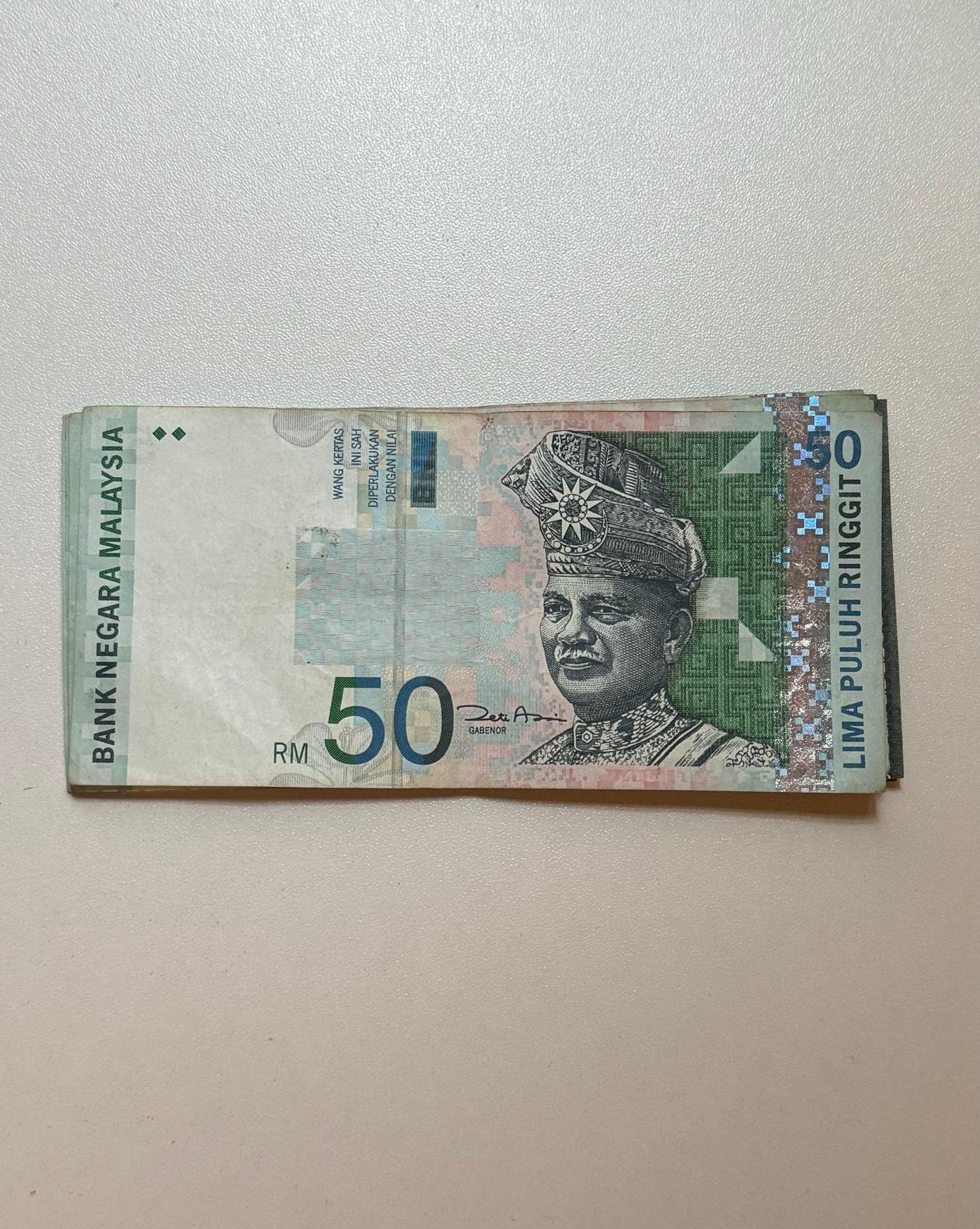The ringgit opened flat against the US dollar on August 1, 2025, trading at 4.2650/2850, but gained ground against most major currencies. The move followed a widely watched tariff moderation by Washington, which scaled back an earlier threat of a 25% blanket import tariff on Malaysian goods to a reduced 19% rate. At face value, the recalibration offers short-term relief. But the macro signals behind the move—and the broader market response—suggest caution remains the dominant institutional stance.
At a glance, the decision may appear to strengthen bilateral trade momentum and lift investor sentiment. Yet, the broader FX and capital dynamics suggest Malaysia’s external positioning remains tethered to global monetary divergence and residual trade asymmetry. In short: the ringgit’s reprieve may be real, but it is not robust.
On July 7, US President Donald Trump declared a sweeping 25% tariff on all Malaysian imports—a move framed as a rebalancing measure amid ongoing recalibrations of US strategic trade relationships. The final adjustment to a 19% average tariff, announced just before the effective date of August 1, signals not so much a reversal as a strategic softening. The message: punitive leverage remains on the table, but Washington is prepared to pause before escalation.
From a policy coordination lens, this shift is tactical. Malaysian negotiators reportedly conceded on several key fronts—including halal certification reciprocity and rare earth supply guarantees. The tariff adjustment is not a concession to Malaysia’s economic fundamentals; it is a signal of transactional détente. The US trade apparatus remains clearly in control of the bilateral narrative.
Despite the nominal policy win, FX markets offered a muted response. The ringgit strengthened modestly against the yen (to 2.8277/8411), pound (5.6328/6592), and euro (4.8711/8939), but stayed flat against the rupiah and peso, and opened unchanged against the US dollar. The stickiness against the greenback reflects a deeper structural constraint: dollar strength remains intact, buoyed by hawkish Federal Reserve signaling and resilient US consumption metrics.
The US Dollar Index (DXY) rose another 0.15% to 99.968, driven by June’s stronger-than-expected 2.6% PCE inflation print. Markets read this not just as a delay in rate cuts, but a reaffirmation that the Fed’s policy stance will stay restrictive through Q3. The implication for Malaysia—and other Southeast Asian currencies—is clear: rate differentials and carry trade dynamics will continue to favor the dollar, suppressing local currency resilience unless backed by decisive intervention or yield defense.
With the Fed unlikely to ease before year-end, Bank Negara Malaysia (BNM) remains boxed in. Any defensive tightening to support the ringgit risks cooling already moderate domestic demand and complicating the inflation outlook. Conversely, holding rates steady leaves the ringgit exposed to relative yield erosion and capital outflows, especially if trade volatility returns in Q4.
The current overnight policy rate of 3.00% is calibrated to preserve real purchasing power without triggering disinflation. But absent a regional rate realignment or coordinated capital inflow stimulus, Malaysia’s monetary posture alone cannot offset the gravitational pull of a firming US dollar. The central bank’s reliance on a managed float—rather than a strict peg or basket anchor—provides some flexibility, but not immunity.
The ringgit’s movement against regional peers is instructive. Gains against the Thai baht and Singapore dollar reflect moderate tactical strength, but the flat performance against Indonesia’s rupiah and the peso suggests that Malaysia’s currency gains are not uniformly regional. Instead, they are selective and conditional.
Contrast this with Singapore, which continues to operate a currency band-based monetary framework that allows the Monetary Authority of Singapore to respond more dynamically to imported inflation and capital shifts. Malaysia, by contrast, must rely on interest rate signaling and foreign reserve posture—both of which are constrained by domestic fiscal commitments and limited geopolitical bargaining power.
While the ringgit’s nominal level offers one signal, institutional allocators are more attuned to Malaysia’s policy coherence. The recent volatility—first from tariff headlines, then from delayed clarity on US–Malaysia trade terms—has reminded sovereign wealth funds and macro funds alike that Malaysia remains vulnerable to external leverage.
This is not a crisis environment, nor is it a capital flight trigger. But it is a soft signal that Malaysia’s FX and capital markets posture is still in a reactive phase—more defensive than directional, more accommodative than assertive. The rebound in risk sentiment, such as it is, rests on policy ambiguity from abroad, not structural clarity from within.
The 19% US tariff rate may soothe headlines, but it doesn’t alter Malaysia’s structural exposure to great power trade calibration. The ringgit’s slight recovery reflects a repricing of risk, not a vote of confidence. With Fed policy holding firm and external inflation pressures remaining sticky, the most likely path for the ringgit is managed softness—not outright rebound.
Capital allocators will read this week’s developments as a sign of Malaysia’s willingness to negotiate—but also as proof of its limited leverage in bilateral economic policy alignment. The real policy signal lies not in the 19% figure, but in the ringgit’s flat open: the currency is holding its ground, but it’s not stepping forward.
Malaysia’s capital posture remains cautious. Policy room remains narrow. The signal is subtle, but clear: tactical relief does not equal structural momentum.














